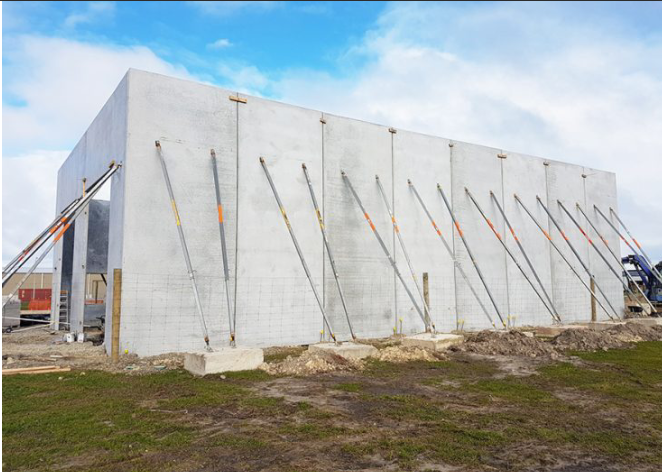The Essential Guide to Shoring and Excavation

Shoring and excavation are essential aspects of construction and civil engineering projects, particularly when building below ground level or in areas with unstable soil conditions. Proper shoring and excavation techniques are critical for ensuring safety, structural integrity, and efficient construction processes. This essential guide will provide an overview of shoring and excavation, including key concepts, methods, safety considerations, and best practices.
Table of Contents:
- Introduction to Shoring and Excavation
- Definition and Importance
- Common Applications
- Types of Shoring
- Soldier Pile and Lagging
- Sheet Piling
- Braced Excavations
- Secant Pile Walls
- Diaphragm Walls
- Soil Nailing
- Trench Boxes and Shields
- Excavation Methods
- Open Excavation
- Top-Down Excavation
- Bottom-Up Excavation
- Sloping and Benching
- Slope Stability Analysis
- Design Considerations
- Soil Properties and Classification
- Load-Bearing Capacity
- Water Table and Dewatering
- Surcharge Loads
- Excavation Depth and Width
- Environmental Impact
- Safety Measures
- OSHA Regulations
- Protective Systems
- Soil Testing and Analysis
- Safety Equipment and PPE
- Emergency Response Planning
- Shoring Equipment and Materials
- Shoring Beams and Posts
- Hydraulic Shoring Systems
- Tiebacks and Anchors
- Excavation Support Materials
- Monitoring Instruments
- Construction Process
- Pre-Excavation Planning
- Site Preparation
- Shoring Installation
- Excavation
- Monitoring and Inspection
- Backfilling and Site Restoration
- Challenges and Solutions
- Unforeseen Soil Conditions
- Groundwater Issues
- Utility Conflicts
- Environmental Concerns
- Coordination with Other Trades
- Case Studies
- Real-world examples of successful shoring and excavation projects
- Maintenance and Long-Term Considerations
- Inspections
- Repairs and Reinforcement
- Monitoring for Settlement
- Future Trends and Innovations
- Advanced Shoring Techniques
- Sustainable Practices
- Digital Tools and Modeling
- Conclusion
- Recap of Key Points
- Importance of Professional Expertise
This essential guide aims to provide a comprehensive overview of shoring and excavation practices, but it’s crucial to consult with qualified engineers, geologists, and construction professionals for specific project requirements. Safety should always be the top priority, and adherence to local regulations and industry standards is essential for successful and safe shoring and excavation projects.




